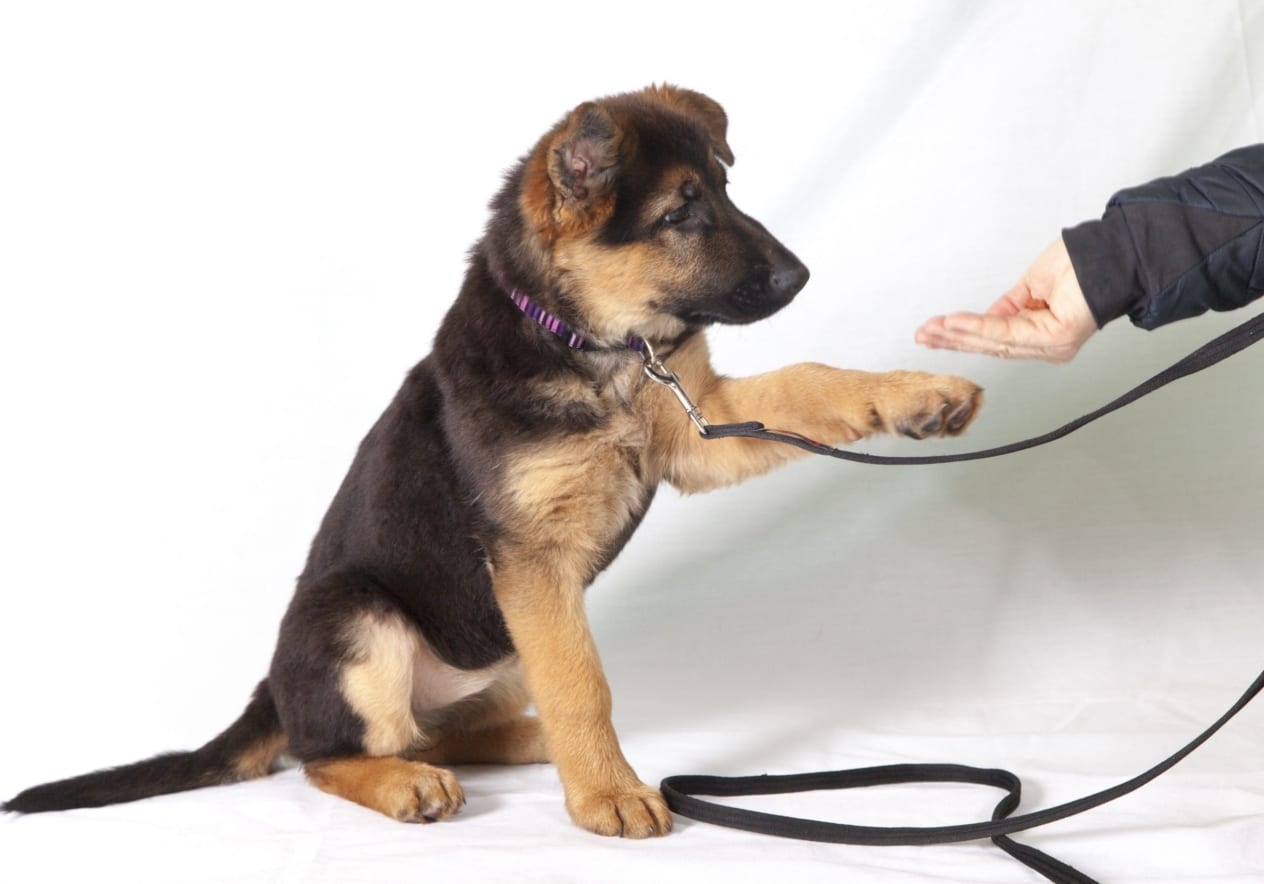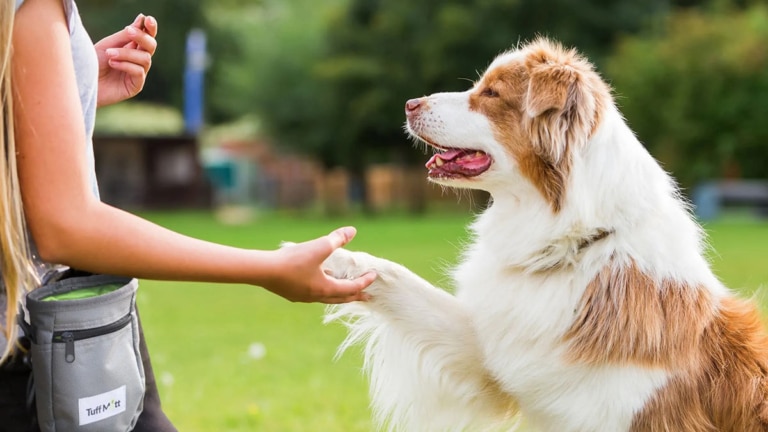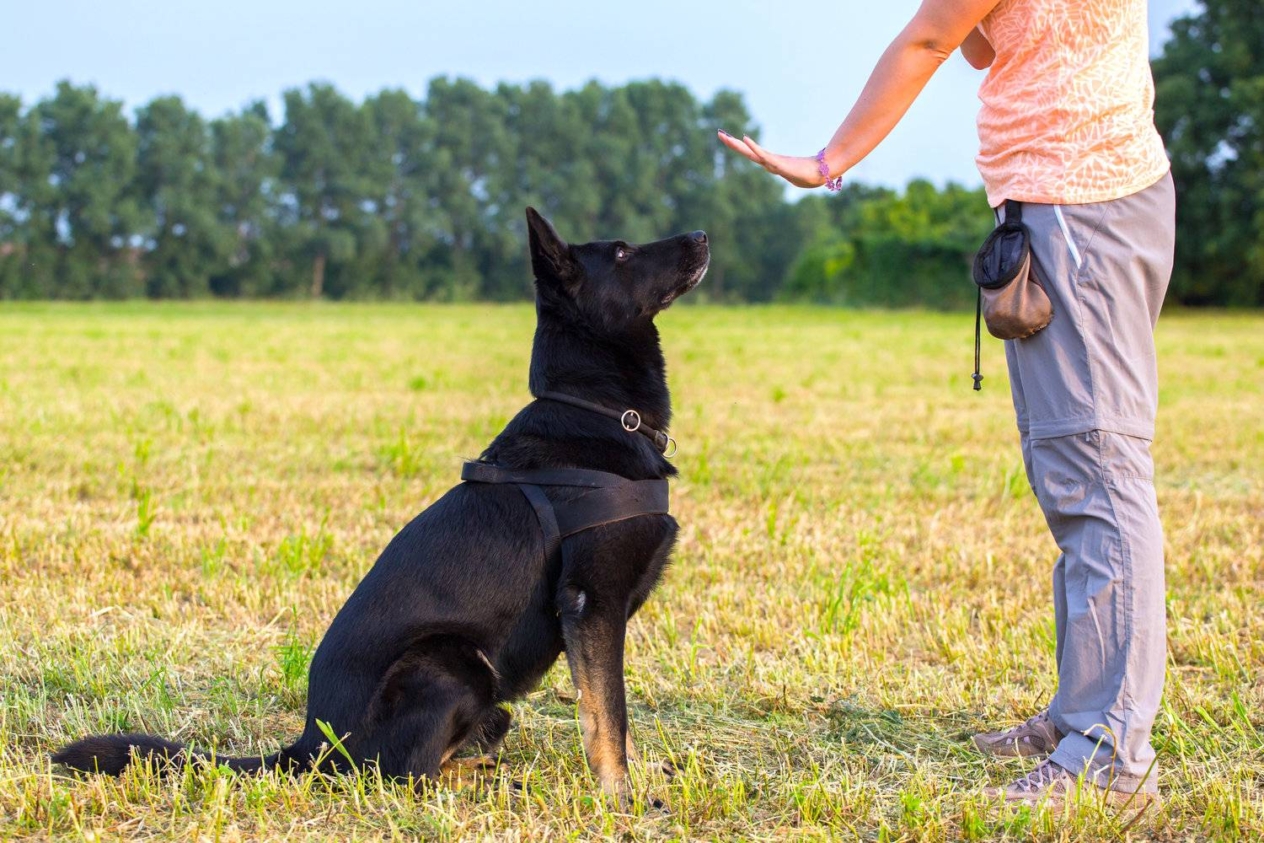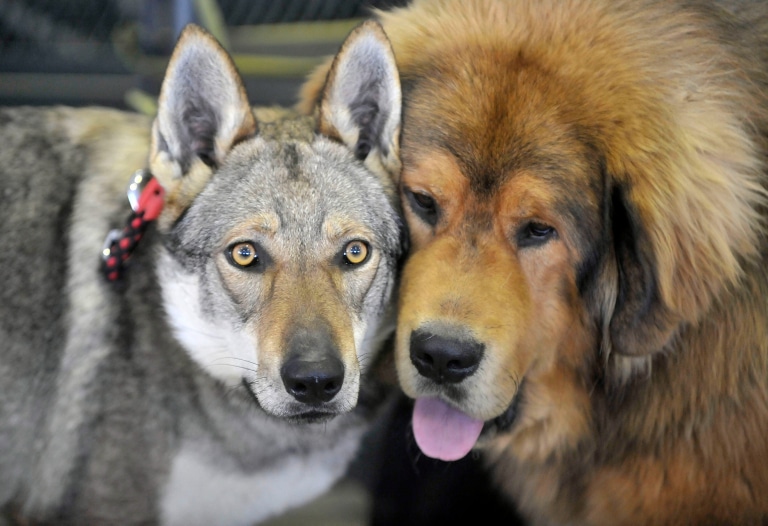Is punishment an effective method of dog training?
Despite the popular belief that dogs need to be “punished to understand”, modern cynology proves otherwise. Harsh punishment is more a manifestation of human emotion than an effective training tool. Most problem behavior in dogs is not a demonstration of disobedience, but a reaction to stress, fear, or a lack of understanding of what is expected of them. The groomers in our salon network encounter dogs who have been scolded or frightened at home on a daily basis, and we can tell you for a fact that these dogs don’t become more obedient – they just become anxious.
Is it okay to beat a dog if it doesn’t obey? Classic methods of “whipping” only destroy the trust between dog and human. And instead of a calm, balanced companion, you get an animal that avoids contact, is afraid of hands, becomes aggressive or constantly expresses its
How do you discipline a dog?
Discipline is not about punishment, but about clear boundaries, consistency and training. If a dog does something “wrong” – you should not punish him, but show him how to do it correctly. Success is in reinforcing the desired behavior, not in fixing mistakes.
Canine behaviorists recommend:
– Positive reinforcement. A treat, praise or game for every right thing you do. The dog will quickly realize that it is more profitable to do what you like.
– Ignoring unwanted behavior. If the dog tries to get attention in an undesirable way (barking, jumping), just don’t react. This will teach him that this method doesn’t work.
– Controlling the environment. Don’t wait for your dog to steal food from his plate – don’t leave it out in the open. You want to avoid damaged furniture – give the animal an alternative: toys, bones, logic puzzles.
– Communication. Dogs are not robots, they perceive the world in their own way. If you understand their motivation – you can correct behavior much more effectively.
Our groomers often apply this approach in practice: instead of rudeness – a calm voice, instead of coercion – gradual accustoming to procedures. And even the most active dogs turn into obedient clients.
Punishment vs. discipline
How do you punish a dog? You shouldn’t. Punishment is a reaction. Discipline is a system. If the dog understands what is expected of him, and for what he is rewarded – he will repeat the desired behavior. Punishment, on the other hand, is often confusing: the animal doesn’t understand exactly what it did wrong, or why you are suddenly angry. This creates an atmosphere of tension rather than learning.
Also, punishment is a short-term solution. You may quiet the behavior for a minute, but you won’t solve the problem. And discipline builds a habit that works for the long term.

Are there any consequences to flogging?
Yes, and they are serious. Spanking can cause:
– fear and anxiety, which can develop into behavioral problems;
– aggression in response when the dog becomes defensive;
– loss of trust, even in other people;
– complications with grooming, as the dog is afraid of hands, tools, and voice.
At our network of salons, we regularly help clients whose dogs have had negative experiences. We see how important it is for the dog to trust rather than fear. That’s why we support a no punishment approach. Even a haircut is not coercion, but gradual training with love. And when the dog understands that it is not painful, not scary, and also tasty, he behaves perfectly.

Conclusion
Discipline without punishment is not a trend, but a responsible norm in today’s world of dog owners. It is based on understanding, patience and clear rules. This is how true rapport and trust is formed between you and your Ponytail. Forget about belts, yelling and insults – rather give your dog a safe space to learn. And if you want to have a harmonious relationship with your Pet – start with love, not yelling.











